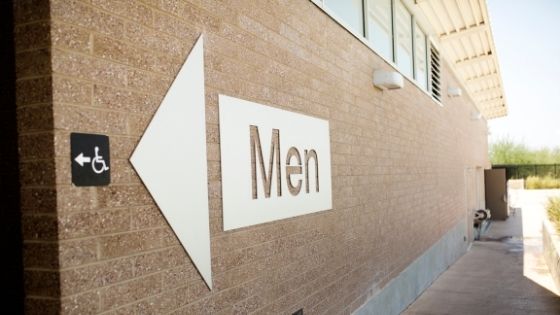Wayfinding signages help people find their way around buildings, offices, departmental stores, educational institutes, hospitals, restaurants, etc. They are pivotal for eliminating confusion and making sure visitors can navigate around properly. Apart from helping people in communicating important locations, wayfinding signages can also help portray a positive brand image. Due to their consistent reliance on directional signs these days, many companies provide digital signages for buildings considering wayfinding in their premises.


If you are planning to add it for the first time or renovate wayfinding signage for the premises, property owners must know what type of wayfinding signages they need to put on their property. To help them out, here are 4 types of wayfinding signages that every building must-have.
1. Identification
Identification signs are the most prevalent sort of signage. This type of sign will inform your guests that they have arrived at their intended location within your property. Identification signs can also act as a known landmark, such as a sign with your company’s name and an emblem on the wall behind your reception desk that identifies which firm you are visiting.
These signages can be helpful, especially if you’re in a massive building with multiple businesses or organizations sharing the same space. Identification signs must be uncluttered and straightforward to be understood in a matter of seconds.
2. Informational
When considering the types of informational signs required for your business, consider the types of questions that visitors might have and ensure that your signage provides clear answers to those queries. For example:
- What’s your building address?
- Where are the elevators and stairwells?
- Do you have access to free Wi-Fi?
- Where are the cafeterias and other eating areas?
- Where are the restrooms?
- What are your operating hours?
Informational signs should be placed in areas where many people will view them, such as your lobby, waiting rooms, and entrances. Though these signs are informational, you can be creative with the text and design to ensure better visual appeal according to your interior design and theme.
3. Regulatory
Regulatory signage is concerned with both visitor safety and liability problems. This form of signage will establish limits for your visitors, letting them know what is and is not appropriate and accessible, as well as where they may and may not go. Make sure that your regulatory signs are visible, clear, and concise.
Here are some of the examples of regulatory signs:
- No pets allowed
- No diving in the pool
- No smoking
- Only authorized persons or personnel, etc.
Regulatory signs sometimes feel like they are rude and can spoil the experience of the customer. That is when you can use your creativity to make it sound less harsh or authoritative. For example, instead of putting “no smoking” on the sign, you can “thank you for not smoking” on the sign. It won’t offend anyone, as well as sounds friendly. It can be a great approach for buildings considering wayfinding without affecting the customer experience. It will improve the customer experience by a notch.
4. Directional
Customers and visitors will be able to make their way around with the help of directional wayfinding signage. Your signage should be clear enough and placed in the right area so that you nearly feel like you’re being guided to your destination by an invisible tour guide.
It will help if you put them in places where there isn’t a clear traffic flow, such as when you arrive in a part of your building where you can go in multiple directions.
Wayfinding signages should be highly visible yet must not affect the overall aesthetic of the property. That is why you should always consult with professional digital wayfinding experts to guide you.
















